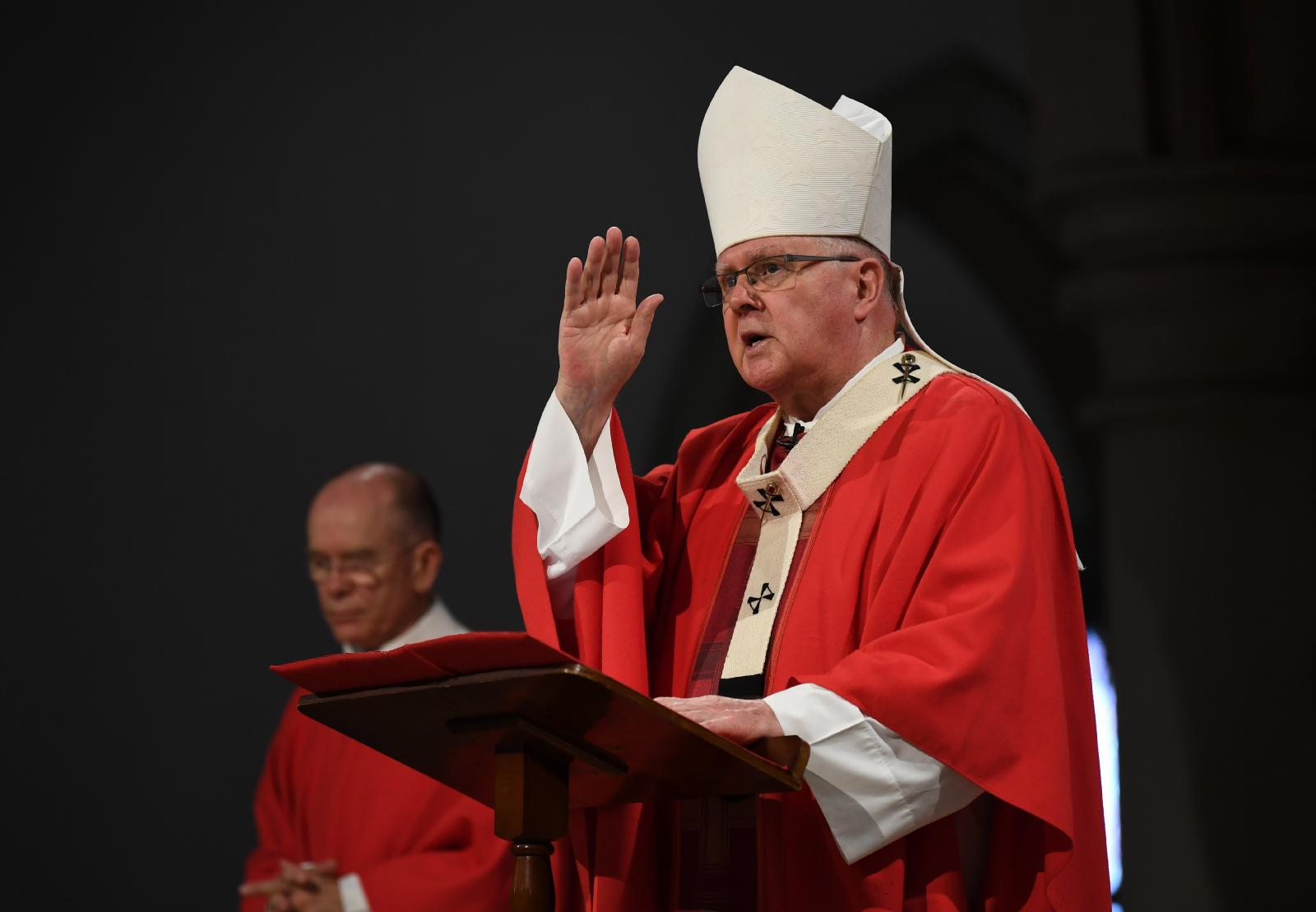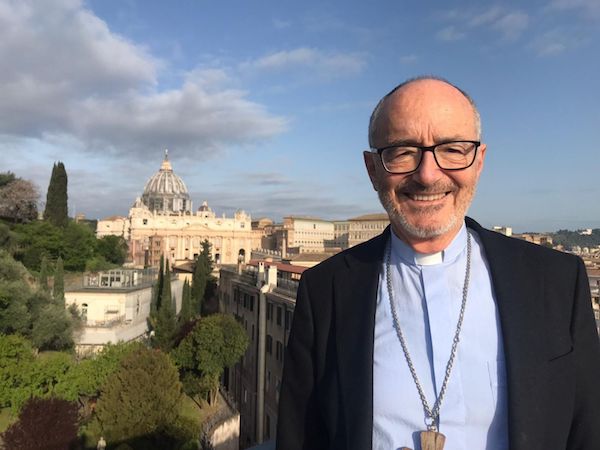Last month Cardinal Michael Czerny SJ in Rome published a revolutionary article entitled “The renewal of theology as dialogue from within” (www.thinkingfaith.org – 14 & 16 March). Michael Czerny is a Canadian theologian of Czechoslovakian origin. He spent most of his life in institutions promoting social justice, first in Central America, then Africa. He held some important posts in the Vatican. Then, in October 2019 Pope Francis ordained him an archbishop and created him a cardinal.
Cardinal Czerny presents a new face in the Curia. He is a member of the Congregation for the Evangelization of Peoples and the Pontifical Council for Interreligious Dialogue. On 23 April Pope Francis appointed him for a five-year term as Prefect of the Dicastery for Promoting Integral Human Development. Through his recent article he announces principles that radically differ from the traditional stand of Curial cardinals.
His article is intended to give guidance to theological faculties as to how theology should be taught and lived. He draws extensively from the documents of Vatican II, and from some papal writings, especially those of Pope Francis. He obviously wants professors and students to change the study of theology from almost exclusively past-oriented to greater engagement with our present world.
But throughout his document a fundamental question emerges: which source(s) of knowledge can theologians use to discern what God wants? Are we witnessing a widening of horizon?
In 1990 Cardinal Josef Ratzinger, then head of the Congregation for the Doctrine of the Faith, published his ‘Instruction on the Ecclesial Vocation of the Theologian’ (Donum Veritatis). In it he outlines that the main, and only, source of revealed truth is inspired Scripture, handed on by Tradition and taught by the Magisterium (DV no 6, 13). Modern sciences and the cultural context help a theologian to explain the Deposit of Faith in terms contemporaries can understand. They cannot be used as an independent source of God’s revelation.
Cardinal Czerny points to the “paradigm shift” that occurred during Vatican II. From inward looking the Church turned outwards. It realised it was called to enter into dialogue with the world, with the whole of humanity.Czerny then expounds the meaning of ‘dialogue’. Sure, it is intended to make the proclamation of the Gospel more effective, but “it is even more necessary to intercept the signs of Christ’s presence that appear in history”. In other words, apart from what we know about Christ through the deposit of faith, we can discern him in another source: human history.
Attention is a key requirement of the new theology, Czerny says. Adopting Christ’s emptying of oneself, a theologian should be alert to “contexts, realities and diversities when elaborating theology”. It implies awareness of concrete situations and challenges, social, political, cultural, ecclesial, economic and therefore “pastoral”. Guided by compassion, drawn from the Heart of Christ, theologians should be touched by the forms of slavery, social wounds, violence, wars and injustices suffered by many people. Within their contexts theologians should generate new faith-filled pastoral paradigms.
In this new understanding a theologian also needs courage. For “dialogue and discernment never cease to make the most intrusive kinds of demands on us”. Czerny refers to insights theologians can learn from the human sciences. “Dialogue is conciliatory, flexible. It takes the last place at the table, it refrains from colonising.” That means: it truly listens. It takes the other party seriously. For it implements the attentive listening to the Holy Spirit and to the deepest needs and most pressing questions of the human family the Second Vatican Council asked for.
In support of his analysis Cardinal Czerny also quotes Pope Francis’ axiom: ‘reality is superior to the idea’ (Evangelii gaudium §231-33; Laudato si §110, 201). The axiom warns against tackling problems in an abstract way, since such a way of proceeding can lead to ‘depersonalising’ contexts, when instead we should always start from real contact with the real dramas of humanity.
Indeed, assessing human reality as a source of theological discernment, I realise that it might have prevented the Catholic Church from shamefully tolerating slavery for nineteen centuries. In 1550 Father Bartolomé de las Casas OP pleaded before an ecclesiastical court that South American natives should not be enslaved. He had ministered to them in Peru. He exclaimed: “No single person may be deprived of his liberty; or enslaved on the excuse that he or she is a natural slave . . . Are they not people like us? Do they not have rational souls? Are we not obliged to love them as we love ourselves?” He was ignored. Popes continued to endorse colonial slavery.
Similarly in 1866 a missionary bishop from Ethiopia pleaded with Rome to condemn slavery. Pope Pius IX decreed: “Slavery itself, considered as such in its essential nature, is not at all contrary to the natural law or God’s law. It is not contrary to the natural and divine law for a slave to be sold, bought, exchanged or given”. If he had looked at the human reality of slavery with Christ’s compassion, as Cardinal Czerny advocates, he would have discerned God’s will more correctly.
If human reality is acknowledged as a valid source for discerning what Christ’s Spirit is telling us for our time, urgent reforms could finally happen. Consider for instance the suffering inflicted on people by the Church’s ban on artificial contraception in family planning, by the prohibition of same-sex unions, by the rejection of women’s charisms in the ordained ministries. Most educated Catholics have already discerned God’s will in such matters, through their ‘sense of faith’. The Vatican so far has clung to its outdated arguments. Could Cardinal Czerny’s article herald a new perspective? Could the vision of Vatican II begin to be realised?
John Wijngaards is a theologian and Scripture scholar, and founder of the Wijngaards Institute for Catholic Research. He is a former Mill Hill Missionary and vicar general of his congregation.



 Loading ...
Loading ...
What do you think?
You can post as a subscriber user ...
User comments (0)